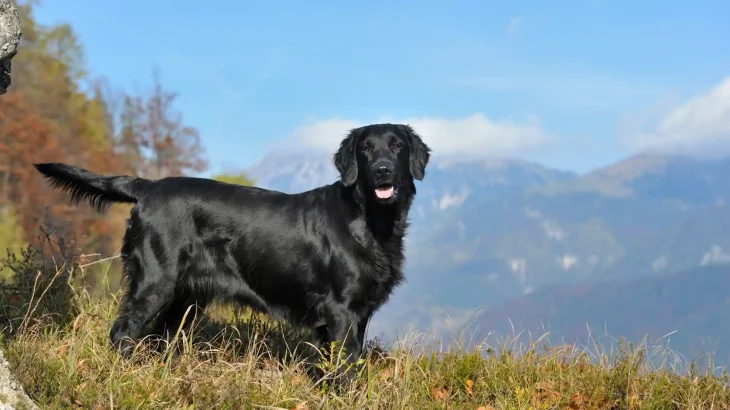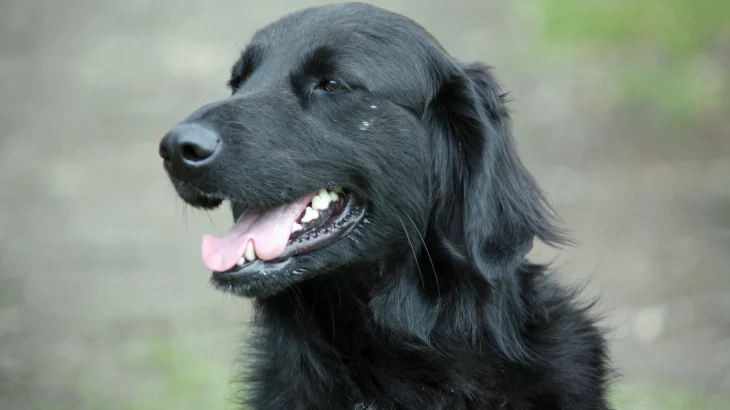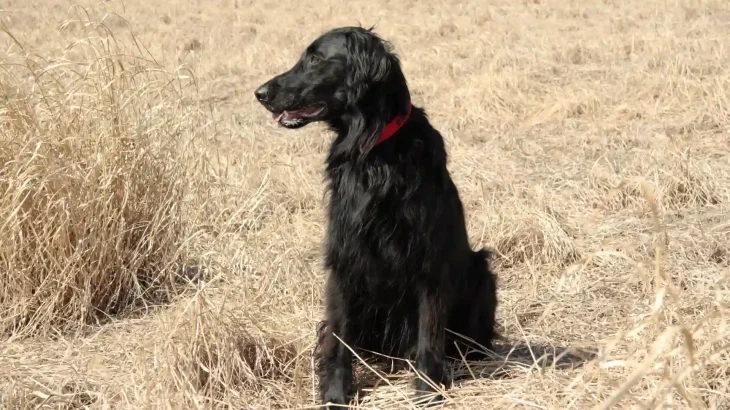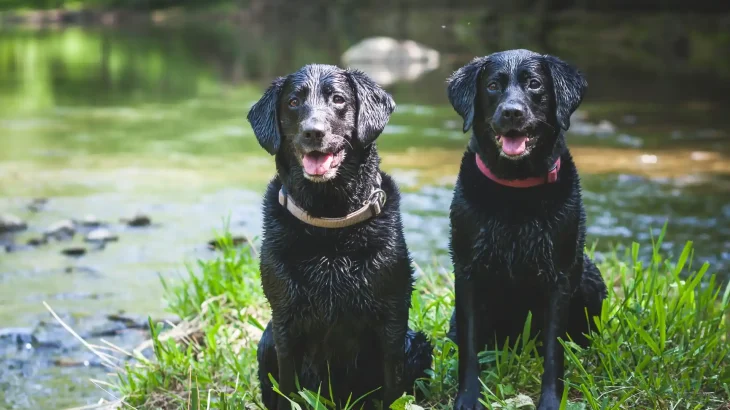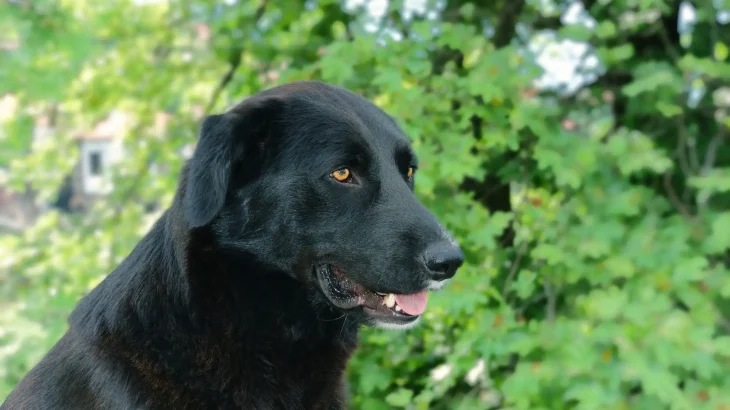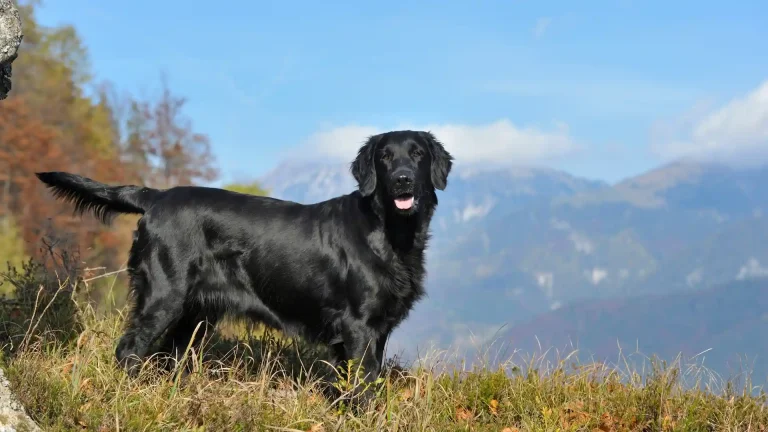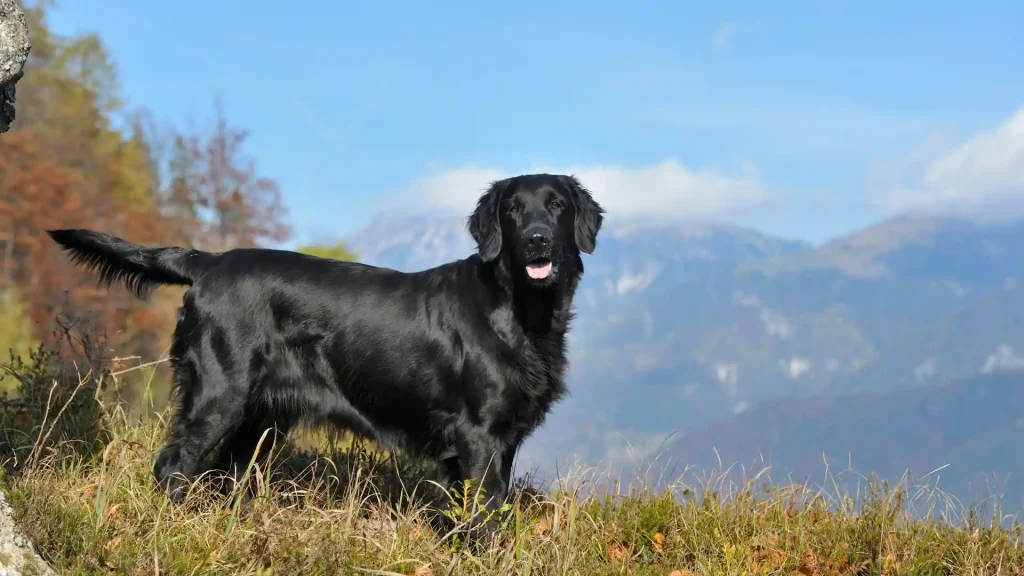Deciding whether to adopt or purchase a Flat-Coated Retriever puppy comes down to balancing predictability with opportunity. Buying from a breeder often means having access to detailed health records and confirmed breed lineage, while adopting offers a chance to give a loving home to a dog in need, sometimes with less certainty about background.
Adoption vs. Breeder: Pros & Cons
| Criteria | Buying from Breeder | Adopting from Shelter/Rescue |
|---|---|---|
| Cost | Higher initial cost, usually several hundred to a few thousand dollars depending on breeder. | Lower adoption fees, often including vaccinations and spay/neuter. |
| Health History | Comprehensive health records and genetic screening usually available. | Often limited or unknown health history; basic health checks done by shelters. |
| Age Availability | Primarily puppies, allowing early bonding and training. | Variety of ages including puppies, adults, and seniors. |
| Temperament Insight | Breeders can provide lineage traits and expected temperament. | Shelter staff can offer behavior observations, but full history might be missing. |
| Ethical Considerations | Supports controlled breeding focusing on preservation and health. | Supports animal welfare by providing homes to dogs needing families. |
| Breed Purity & Pedigree | Typically guaranteed with registration papers and pedigree documents. | Mixed heritage possible; purebred status may be uncertain or unconfirmed. |

